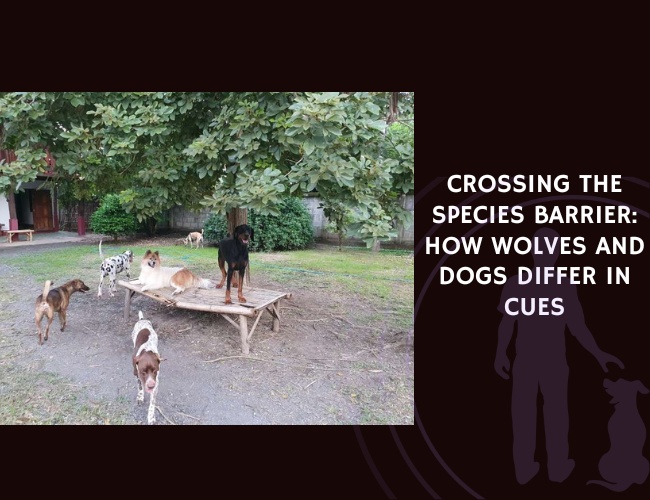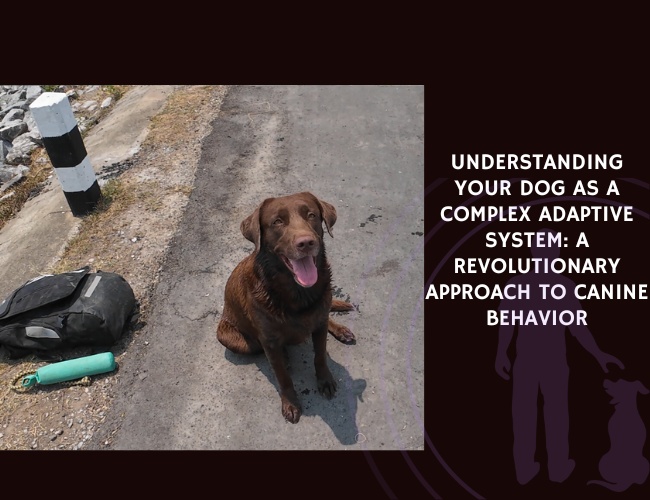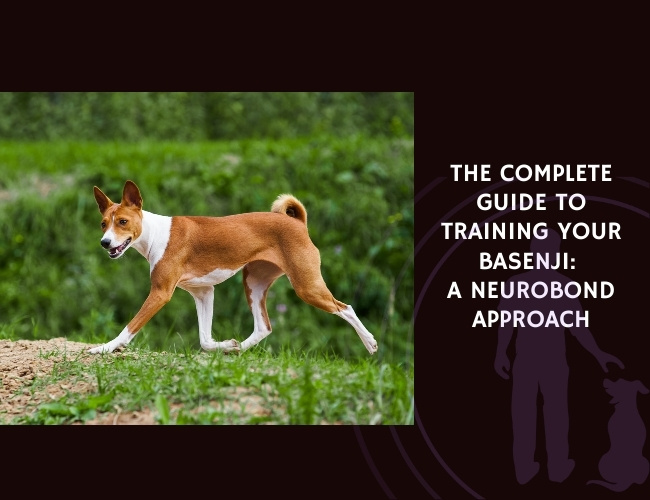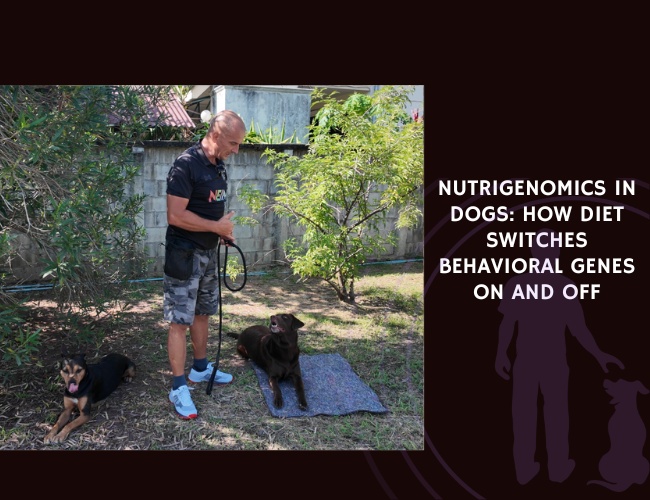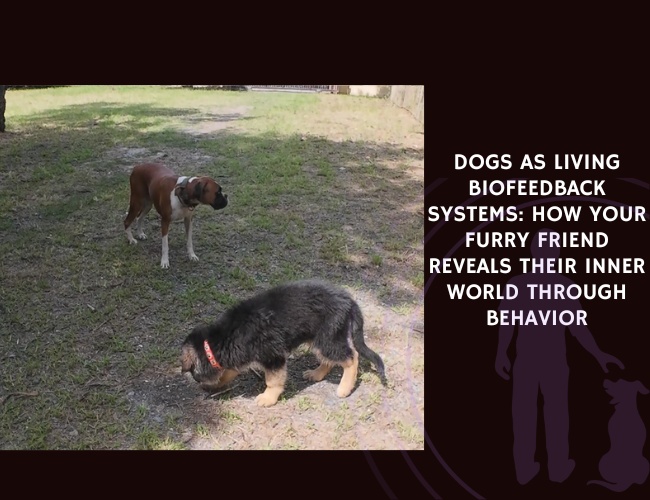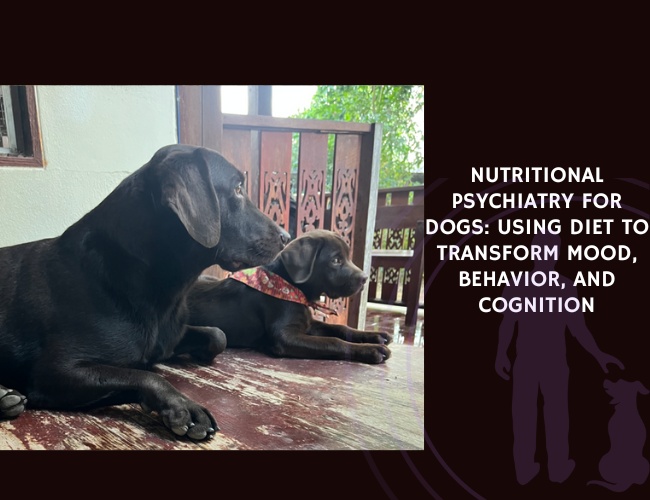Introduction: The Evolutionary Divergence of Wolves and Dogs
Informative Overview
Domestic dogs (Canis familiaris) and grey wolves (Canis lupus) share a common ancestor, but centuries of domestication have set them on very different evolutionary paths. This study explores how these changes have shaped their cognitive skills, ways of communicating, and day-to-day behavior. By investigating how each species reacts to social cues—especially those from humans—we uncover not just curiosities about animal minds, but also practical insights for training, conservation, and nurturing healthy relationships between people and canines.
Evolution and the Role of Domestication
Domestication played a pivotal role in molding dogs’ social and communicative abilities. People selectively bred early dogs for friendlier and more cooperative traits. This selection made dogs much more sensitive to our gestures and voices, especially in situations involving gestures like pointing or making eye contact. Wolves, on the other hand, stayed closer to their wild roots, relying primarily on interaction with their own species for cooperation and survival. While wolves show strong communication within their packs, dogs have shifted toward thriving in a human-centered world.
Why These Differences Matter
Understanding the unique abilities and instincts of wolves and dogs is not just fascinating—it’s essential. When people misinterpret dog behavior through a “wolf lens,” it can lead to training mistakes or welfare issues. Knowing how each species communicates helps us craft better, more compassionate training methods. It also informs conservationists and those working on rewilding or developing working dogs for assistance or rescue roles. Recognizing the cognitive and behavioral distinctions shaped by domestication deepens our empathy—helping us build stronger, more respectful connections with both wild and domestic canines.
With this foundation, we’re ready to explore how dogs and wolves actually process and interpret the social cues all around them. 🐾
Cognitive Processing: How Dogs and Wolves Interpret Social Cues
Informative Insights: Social Signal Processing
How do dogs and wolves make sense of the world around them, especially when it comes to understanding humans? Their responses to social cues highlight the fascinating impact of domestication.
Dogs shine when it comes to reading human gestures. For example, in object-choice tasks where a person points out the location of hidden food, most dogs quickly and reliably follow the pointer. Wolves, on the other hand, succeed far less often—even when they’ve grown up around humans. This contrast isn’t about baseline intelligence, but rather an evolutionary shift shaped by life alongside people. Domestication has set dogs on a path toward enhanced sensitivity to human gestures, encouraging them to communicate and cooperate with us [Smith & Litchfield, 2010].
But there’s an interesting twist: while dogs are ace at following a pointed finger, their behavior around human gaze is context-dependent. When it comes to simply following where a person is looking, wolves can actually outperform dogs in some settings. Dogs might ignore a human gaze directed far off in the distance, possibly because their evolutionary history tuned them more toward interacting closely, face-to-face, with people. This shows their abilities are not “better overall,” but specialized for the types of interactions they had with humans through domestication [Werhahn et al., 2016].
Professional Support: Why These Differences Matter
Research suggests that brain changes may have helped dogs get better at picking up on our signals. Domestication likely favored traits that made dogs more cooperative and less conflicted with humans, supporting deeper, safer social bonds. The “Deferential Behaviour Hypothesis” proposes that dogs were selected for a natural tendency to defer—submissiveness that makes daily collaboration less risky and more rewarding [Range et al., 2019].
Recognizing these kinds of cognitive differences helps us tailor our interactions and training methods with both species, improving animal welfare and better guiding work like conservation or therapy programs.
Next, let’s explore how visual, auditory, and scent cues play into these unique communication styles.

Communication Patterns: Visual, Auditory, and Olfactory Cues
Informative Insights: Human and Animal Cue Sensitivity
Both dogs and wolves rely on a mix of visual, auditory, and olfactory signals to understand the world around them. However, domestication has shaped how each species uses these cues. For dogs, human gestures—like pointing or looking in a direction—are highly meaningful. Dogs are quick to follow a person’s hand signals or eye gaze, especially when these lead to rewards or positive interactions [Smith & Litchfield, 2010]. This unique skill stands out when compared to wolves, who tend to look for signals from other wolves instead of humans.
Wolves excel in picking up cues from members of their pack. Visual signals such as body positioning, ear movement, and tail wagging are key for communicating within the group. For dogs, while these social cues matter too, their focus often shifts toward people, a result of thousands of years of living alongside us.
Professional Support: Auditory Reactions
When it comes to sound, dogs show a special sensitivity to distress calls. Studies have shown that dogs react to sounds within the frequency range of dog distress—even if those sounds come from a different species [Root-Gutteridge et al., 2021]. This suggests dogs pay more attention to how a distress call sounds rather than who is making it. Wolves, on the other hand, use howling and other calls mainly for communicating with their own kind, like rallying the group or warning of danger.
Compassionate View: The Nose Knows
Olfactory cues—like urine marking—are fundamental for both wolves and dogs when it comes to territory. Wolves rely heavily on scent marks to define pack boundaries and exchange information about identity or status, especially in denser packs [Wyrick et al., 2025]. Dogs retain this behavior too, though the drive to mark or sniff may vary based on their social environment. These shared olfactory habits show their deep evolutionary roots.
Understanding these communication patterns deepens our appreciation of both species and helps guide better approaches for animal care, conservation, and training.
Intraspecies vs. Interspecies Communication
Informative Insights: Teamwork Within and Across Species
Let’s dive into how wolves and dogs communicate within their own groups versus how they interact across species, especially with humans.
Wolves: Masters of Conspecific Cooperation
Wolves are truly social animals, relying on cooperation for almost every part of their survival—hunting, raising young, and defending territory. Wolves excel at communicating and working together with other wolves. They use complex visual, auditory, and even scent-based signals to coordinate actions and build pack unity. Wolves perform especially well in cooperation and imitation tasks when another wolf demonstrates a behavior, showing their strong focus on conspecific (wolf-to-wolf) signals. This skill makes sense. After all, their way of life depends on tight-knit teamwork.
Dogs: Tuning Into Humans
Dogs, on the other hand, have evolved to be super sensitive to people. Through domestication, dogs became increasingly attuned to human cues and emotions. They are much better than wolves at responding to things like pointing, speaking, or emotional displays from humans. Dogs can easily follow a person’s gesture to find hidden objects, and they often look to people for guidance or reassurance. This ability isn’t just about smarts—it’s a result of generations adapting to live and work closely with us.
Yet, dogs don’t ignore each other. Studies suggest dogs still respond well to their packmates, similar to wolves in certain contexts. However, their biggest social “superpower” is their flexibility and instinct for connecting with people.
Professional Support: Communication Priorities
Who do they “listen” to most?
- Wolves put their pack first. They excel when working with other wolves and don’t naturally look for human approval.
- Dogs prioritize human signals above all, especially when living in homes or working closely with people.
Understanding these differences helps us create better, more compassionate training and care. Recognizing how each species prioritizes communication makes us better partners, whether we’re working with pets, supporting conservation, or designing new training programs.
Let’s now move forward to examine how specific experiments shed light on their ability to interpret human gestures and cues.
Same Roots. Different Minds.
Wolves and dogs may look alike, but their minds were shaped by two very different paths.
Where wolves stayed bound to their packs, dogs evolved to read our gaze, our gestures—and our hearts. Domestication didn’t just tame the body. It rewired the brain.
Understanding these differences isn’t just academic—it’s personal.
Misinterpreting your dog through a “wolf lens” leads to miscommunication and mistraining. When we drop outdated dominance theories and embrace species-specific science, we become better companions, trainers, and protectors.

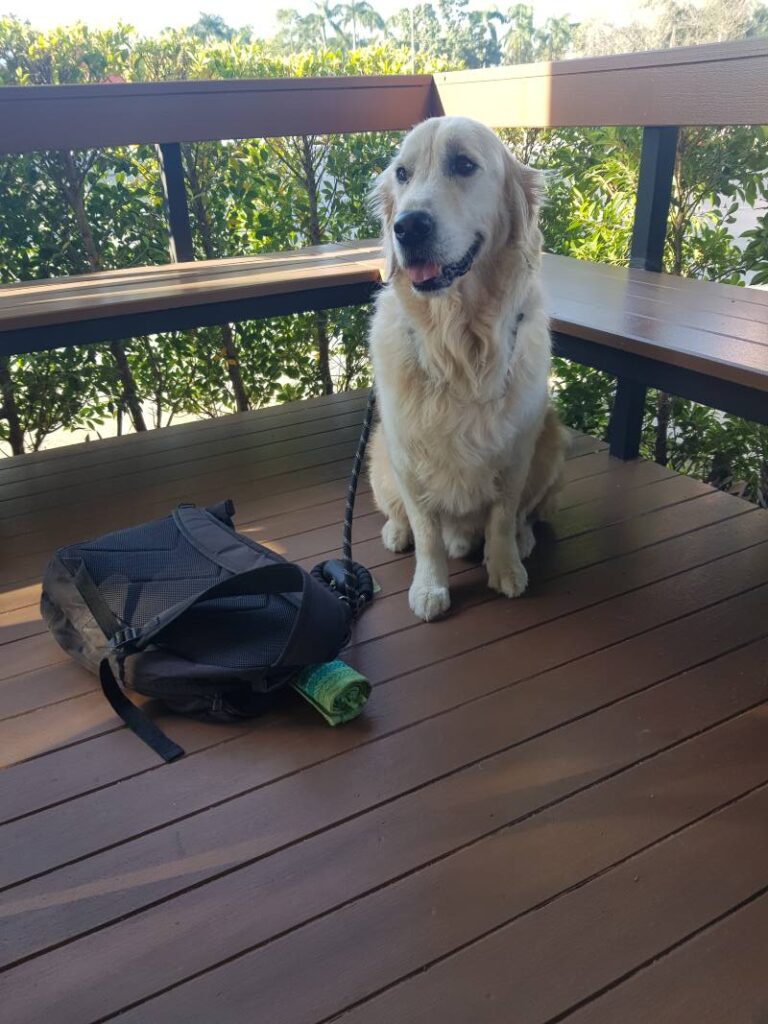

Respect starts with recognition.
Wolves follow wolves. Dogs follow us. And the better we understand why, the more clearly we can build bonds rooted in trust, not control.
Experimental Evidence: Object-Choice Tasks and Pointing Studies
Informative Insights: Do Dogs Really Understand Us Better?
Researchers have long been curious about why dogs seem to read humans so well. To test this, scientists designed object-choice tasks—simple games where a human points at one of several objects, often hiding a treat underneath. The main question: can an animal use a person’s pointing gesture as a clue to find the reward?
Time and time again, domestic dogs (Canis familiaris) outperform grey wolves (Canis lupus) in these studies. Most dogs quickly learn to follow a human’s finger, heading straight to the hidden treat. Wolves, even those raised by people, often miss the hint or rely on trial and error. This pattern isn’t random; it mirrors the domestication story. Selection for friendliness and cooperation with humans seems to have hard-wired dogs to become cue-reading champions.
Professional Support: Why Do Wolves Struggle with These Cues?
At first glance, you might expect that a smart, social animal like a wolf would master these tasks easily. However, even with similar intelligence, wolves tend not to use human cues the same way as dogs do. They rarely look to people for guidance and rely much more on their own instincts or on social signals from other wolves. This isn’t just about not understanding—it’s a fundamental difference in how each species communicates and cooperates.
Even when raised by humans, wolves show only partial improvement. Their instincts and evolutionary background push them to focus on conspecific (wolf-to-wolf) communication, rather than bonding with humans or seeking their help as readily as domestic dogs do.
Supportive Perspective: What Can We Learn from These Experiments?
The results of these object-choice and pointing tasks hold important clues about canine evolution. Dogs’ ability to follow human gestures reveals that thousands of years of domestication shaped not just their looks, but their minds. It suggests that our ancestors unconsciously favored animals who wanted to cooperate, listen, and share a glance with us.
Understanding these small but meaningful differences helps trainers, behaviorists, and conservationists work more effectively with both species. It challenges old ideas—like the belief that dogs are just “tame wolves”—and guides us in creating environments that meet their unique needs.
✨ As we continue to explore these results, it becomes clear that domestication did much more than teach dogs new tricks—it changed their entire way of seeing and understanding the world.
Social Signaling: Appeasement vs. Hierarchical Cues
Informative Insights: Social Signals in Dogs
Domestic dogs (Canis familiaris) have evolved to be experts at smoothing out social situations, especially with humans. In everyday interactions, you’ve probably seen your dog yawn, lick their lips, or turn away when things get tense. These are classic appeasement signals—also called calming signals—which help reduce conflict and show friendliness or submission. Dogs use these gestures, especially in ambiguous situations or when they sense uncertainty. Researchers believe these behaviors came about through domestication, where dogs were selected over generations for their ability to reduce friction and maintain harmony with their human companions. This not only kept the peace at home but also helped dogs thrive in human society 🐾.
Professional Support: Hierarchical and Territorial Cues in Wolves
Wolves (Canis lupus), in contrast, depend more on structured social order within their packs. Their communication leans heavily on hierarchical signals and territorial displays, such as posture, growling, and specific scent markings. These cues are essential for defining roles, reducing misunderstandings, and maintaining pack stability. While wolves do sometimes use gestures similar to dogs—like licking the muzzle of a higher-ranking pack member—these are often rooted in their need for clear social structure rather than simply appeasing another individual. Hierarchical signaling ensures everyone knows their place, which keeps the pack strong in the wild.
Supportive Perspective: Adaptations Reflecting Unique Needs
The different approaches to social signaling reflect the unique environments and lifestyles of dogs and wolves. Dogs must navigate both dog and human social worlds, so finely tuned appeasement gestures reduce the risk of conflict with humans or other pets. Wolves, facing the challenges of hunting and living closely together, need a reliable hierarchy. Clear signals minimize dangerous disputes and help with teamwork.
Understanding these signals helps us communicate better with both species and supports more compassionate handling and training practices.
With this foundation in social signaling, we’re ready to explore how upbringing further shapes dogs’ and wolves’ interactions with humans.

Human-Raised Wolves vs. Domestic Dogs
Informative Insights: Attachment and Obedience
When wolves are raised by humans from a young age, they can form strong attachments and show a degree of obedience. However, a direct comparison reveals key differences between wolves and dogs, even when both are given the same upbringing. Dogs are typically more docile, eager to please, and naturally attuned to human social signals. Wolves, while often affectionate with familiar humans, remain more independent and less predictable in their responses.
Dogs shine in obedience training. Most domestic dogs not only enjoy learning commands but also seek human approval. Wolves, on the other hand, require much more motivation and often participate in training only when it suits their own interests. This difference becomes especially clear in challenging or ambiguous situations, where dogs are more likely to defer to their human companion’s guidance, while wolves may ignore or resist it.
Professional Support: Bonding Capacity and Behavior
Let’s explore bonding. Dogs are hardwired to bond with humans, thanks to generations of selective breeding that favored tameness and sociability. Even when wolves are hand-raised and socialized, they usually do not reach the same level of emotional connection or trust as dogs. The emotional bond a dog forms with its person tends to be deeper, more stable, and less conditional.
This points to an important distinction: dogs’ social behaviors are not just a result of environmental upbringing, but also of genetic factors shaped by domestication. While both species can exhibit loyalty and affection, only dogs consistently display the kind of sustained, deferential, and cooperative patterns that make them excellent companions.
Compassionate Understanding: Genetic and Environmental Influences
The behavioral gap between dogs and human-raised wolves reveals a fascinating interplay between genetics and environment. Rearing practices can help nurture attachment and reduce fearfulness in wolves, but genetic predispositions remain strong. For dogs, the path to bonding, obedience, and social harmony appears much smoother and is largely encoded within their DNA.
This understanding enriches both training strategies and our broader relationship with dogs and wolves, helping us recognize and respect their unique capacities and limitations.
Neurological and Evolutionary Adaptations
Informative Insights: Brain Changes and Social Communication
Domestication has shaped dogs’ brains, making them more receptive to human social cues compared to wolves. Over thousands of years, natural selection favored dogs that could cooperate and communicate with people. These changes may involve particular brain regions tied to social thinking and emotion, making dogs more sensitive to human intent and signals. This means dogs can read human gestures, follow pointing, and respond to emotional tones with ease.
Dogs’ knack for interpreting our cues isn’t just about being friendly. It’s rooted deep in their genetic blueprint, crafted through long-term selection for tameness and close proximity to human life. This helps explain why dogs are eager to follow a human’s finger to a hidden treat, while wolves are less consistent in similar situations.
Professional Support: The Deferential Behaviour Hypothesis
One standout idea is the “Deferential Behaviour Hypothesis.” This theory suggests that, during domestication, dogs were chosen for softer, more deferential dispositions. Traits like submissiveness helped dogs live safely and peacefully with people, reducing risks of conflict. As a result, docility and willingness to please became common in dogs, strengthening their social-cognitive skills for human relationships. These shifts not only made dogs better companions but helped lay the foundation for breeds designed to work side-by-side with humans.
Supportive Adaptations: Tameness and Cognitive Abilities
The selection for tameness didn’t just make dogs less aggressive—it likely rewired their social abilities. Dogs became more attuned to subtle cues, such as changes in our tone or direction of gaze, making them excellent partners in daily life. However, not all social skills are innate. Some, like interpreting specific human gestures, might develop through repeated experience and bonding, while others were hardwired through generations of selective breeding.
Understanding these evolutionary and brain-level changes highlights why dogs have become such exceptional interspecies communicators. This research also helps explain their unique role in human society, from loyal companions to skilled service animals.
As we dig deeper, the ways these differences guide daily training, conservation, and working dog success become even clearer. 🐾
Practical Implications and Applications
Informative Insights for Training and Welfare
Understanding how dogs and wolves differ in reading social cues unlocks smarter, more compassionate animal care. Recognizing that dogs are naturally sensitive to human signals, thanks to domestication, means training methods should highlight communication, cooperation, and gentle guidance. Dogs thrive on clear gestures, positive reinforcement, and patient repetition. On the other hand, wolves—even those raised by people—respond best to approaches that respect their independent nature and conspecific-focused communication.
Effective training for dogs thus prioritizes cooperative games, clear visual signals, and trust-building routines. In contrast, wolves require environments that mimic their pack structure and allow for natural social interactions with their species. By tailoring methods in this way, both species can enjoy better well-being and reduced stress in human care situations.
Professional Support: Rethinking Dominance and Pack Theory
For years, myths about dominance and pack hierarchies shaped dog training. However, research shows that dogs are not simply “tame wolves.” Instead, their social structure with humans is based on appeasement signals, cooperation, and conflict avoidance, rather than rigid hierarchies and dominance displays. This shift in understanding encourages trainers and pet owners to let go of harsh, dominance-based tactics in favor of nurturing relationships. It’s not about being the “alpha”—it’s about communication using gentle, context-aware cues and mutual respect.
Conservation and Working Dog Development
These insights have real-world applications beyond the home. Conservation programs rely on deep knowledge of wolf and dog behavior, especially in rewilding efforts or managing wild populations. Understanding how wolves and dogs communicate and bond can guide release plans and the creation of packs that thrive in the wild.
Similarly, developing working dogs—whether for search and rescue, therapy, or service—requires awareness of each breed’s strengths with human cues. Programs focused on human-animal partnerships draw on this research to train dogs who are responsive, confident, and resilient.
Adopting these evidence-based practices moves us closer to a world where people and canines—whether wild or domestic—learn, work, and grow together with compassion and understanding. 🐾
Conclusion: Bridging the Species Barrier
Informative Insights
Exploring the worlds of domestic dogs and gray wolves reveals just how much these species diverged through thousands of years of evolution and human influence. Dogs, through domestication, have become masters at reading and responding to human gestures, such as pointing and gazing. They pick up on our cues—sometimes even when they originate from other humans—making them supportive companions and excellent partners in fun games or important work. Wolves, while smart and social, stay tuned mainly to their fellow pack members, showing strong cooperation and nuanced communication with their own species.
Professional Support
This contrast in social understanding springs from the process of domestication, which selected dogs for tameness, docility, and sensitivity to human signals. As a result, dogs generally show more appeasement signals—think yawning or lip-licking—especially in tricky situations with people. These polite “I mean no harm” cues are less common among wolves, who live by clearer social ranks and territorial boundaries inside their packs.
On the other hand, hand-raised wolves can form bonds with people but remain less obedient and more independent compared to dogs. Their interactions reflect an intricate balance between genetic heritage and early life experience, highlighting that dog-like behavior isn’t just about how they’re raised—it’s about thousands of years of natural and artificial selection at work.
Supportive Future Directions
The interplay between genetics, brain evolution, and environment is fascinating. Studies suggest that changes in regions of the dog’s brain linked to social behavior may explain their unique communication style with people. The “Deferential Behaviour Hypothesis” even says dogs were selected for increased deference, which boosted their safety and likeability alongside humans. While we know a lot, mysteries remain—especially around the exact genes and brain circuits involved in this transformation.
Going forward, more research into the genetic and neurological roots of these differences promises to help us care for and understand both dogs and wolves better. These insights pave the way for more compassionate handling, smarter training, and thoughtful conservation efforts as we continue learning from these remarkable canines. 🐾

